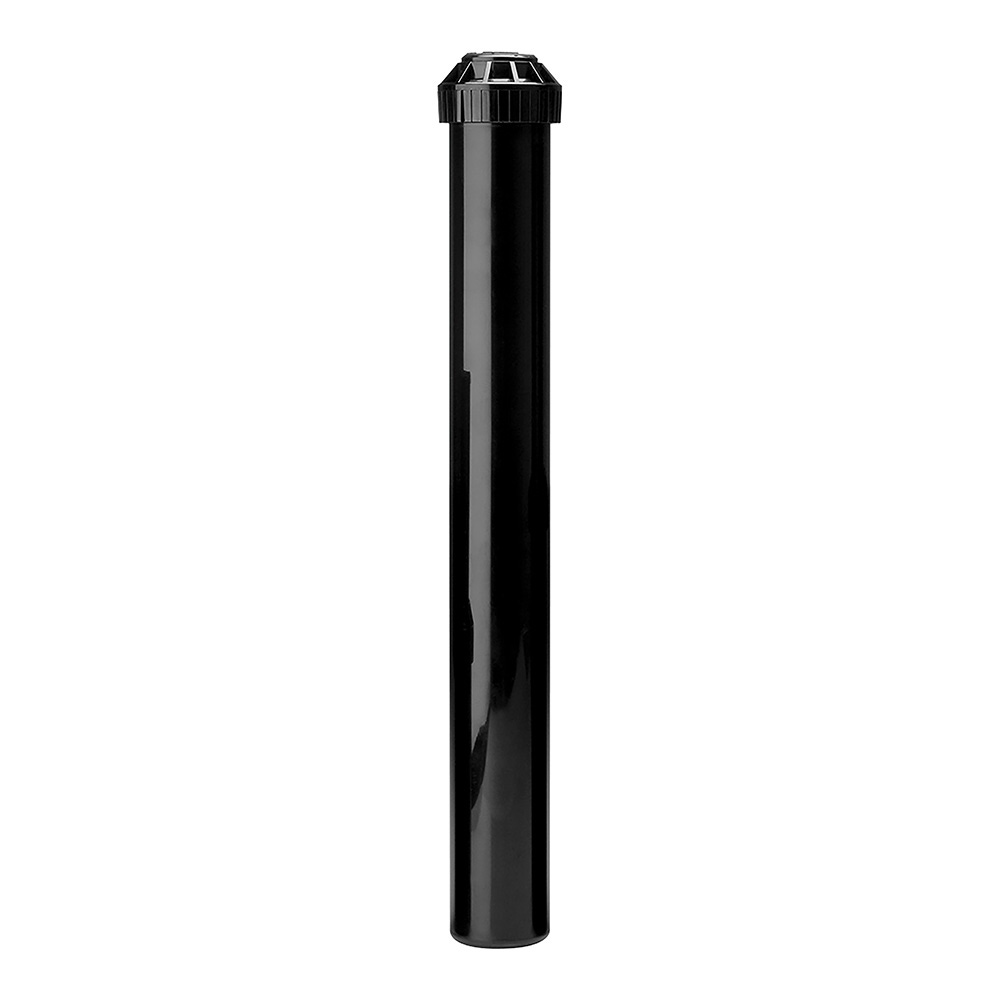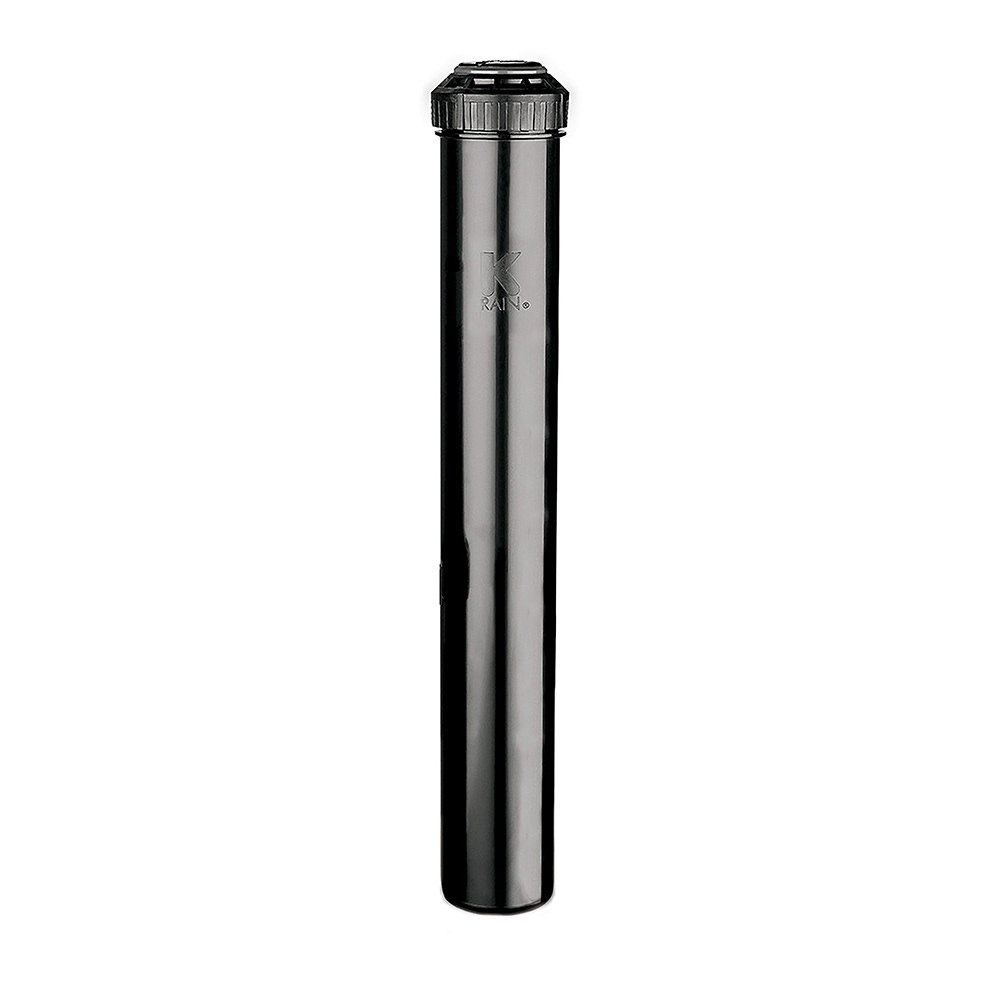Irrigation System Tips & Tricks
This article was written to help you understand your lawn sprinkler system. From the water source to the control valves, the Sprinkler Warehouse is here to help. We have also provided links to help you browse these items on our shopping site.
Water Source
Familiarize yourself with where the water comes from for your irrigation system. Many areas are now using recycled or “reclaimed” water for the purpose of watering turf grasses and landscaped areas. Ask your builder or homeowner association if your home uses this type of water. Also, ask them where to shut it off in the event of an emergency or for maintenance issues. Click here to learn how to tap into the main water line.
Some areas are still using municipal or “city” water for irrigation. If this is the case, instead of one, there will be two, back-flow prevention devices near the water meter itself. They are typically at least 12″ off the ground and are made of bronze. One of these two devices would be for the sprinklers and the other one would service the home. This is where you would turn off the water for your sprinklers. Your local count clerk’s office or utility company will be able to tell you about local regulations concerning irrigation systems if need be.
Even though they are becoming a more restricted, some homes have their own well and pump or they may pump water from an adjacent lake. In either case there will be related pumping equipment to supply water for your sprinklers. If you are not sure how to stop the water flow from the pump, be sure and speak with your irrigation professional. If the system is not shut down properly severe pump damage or failure could occur. Finally, some areas or developments have a large pumping station that delivers water to the entire subdivision. The same goes for your reclaimed water, make sure you know where to shut the water off for your individual property.
Controller/Timer
Your sprinklers will either operate from a controller located on the interior or exterior wall of the garage, or they may operate from a central control system. In some cases where a single residential property has its own pump, the controller could be located near the pumping equipment.
Click here to shop for controllers and timers.
In the event that you have an individual controller for the property, familiarize yourself with how to switch the power off to the controller. Sometimes this will eliminate an emergency situation in the event that the sprinklers will not shut off. Irrigation controllers require high voltage to operate them, you should not have to remove any screws or take anything apart. If a malfunction of the controller is suspected, it should only be serviced by your irrigation professional. If you want a green lawn, it is important to learn how to set your timer so your lawn is being watered at the optimal time and length.
Sprinkler Heads And Positioning
Know what type of sprinkler head you have. Any given property may or may not have rotary sprinklers installed. They are generally used in large turf areas that are 20′ x 20′ or more. They will shoot a large stream of water and will oscillate back and forth slowly. Rotary sprinklers operate on the same basis as the older impact or “knocker head” sprinklers, but most of them are gear driven these days, which makes them much quieter.
Stationary sprinklers or “spray heads” are used in smaller turf areas and may be used in landscape beds as well. Spray heads pop up out of the ground but do not move. They spray more of a mist, compared to rotary sprinklers. Spray heads come in 4″, 6″ and 12″ heights. The size that is used depends on the type of turf grass or the sprinklers specific location in a landscape bed. The landscaped areas of the home may also have what is referred to as a standpipe. These are nothing more than a spray head nozzle attached to a fixed riser in order to attain sufficient clearance over the closer plants so the water can reach the distant plants. In order to have full coverage, overlapping your sprinkler spraying pattern diameters by 50 percent will ensure that you have even watering.
Click here to learn how to space rotors and sprays & here to shop sprinkler heads
Low Volume Irrigation
Low volume, or drip irrigation, is commonly used in landscape and planting beds. Because of their high efficiency in providing water directly to the root system, drip is a cost and water saving tactic that most landscapers use. Emitters on a drip system also apply water at a much lower rate, reducing run off. Click here to shop for drip irrigation supplies
Rain Sensing Devices
Rain sensing devices or “rain sensors” are devices that cease all watering in the event sufficient rainfall is detected. They are usually located near the controller, sometimes on the eave of the roof or mounted on conduit pipe in the landscape bed. Rain sensors have been mandatory components of an irrigation system’s in many states for several years now and should be checked for proper operation regularly. Click here to shop for rain sensing devices
Control Valves
Almost all irrigation systems have an individual control valve for each station or zone. They are usually located at random intervals around the landscape with only the lid visible. The lid on most control valves will be about 6″ in diameter and green or purple in color. The purple lid indicates that the water comes from a non-potable source; most often this means it is reclaimed water. The green lid will indicate clean water. If there is a considerably larger box that is rectangular in shape it may house multiple control valves or the filter for the drip irrigation if applicable. Click here to hop for valves and valve boxes





























